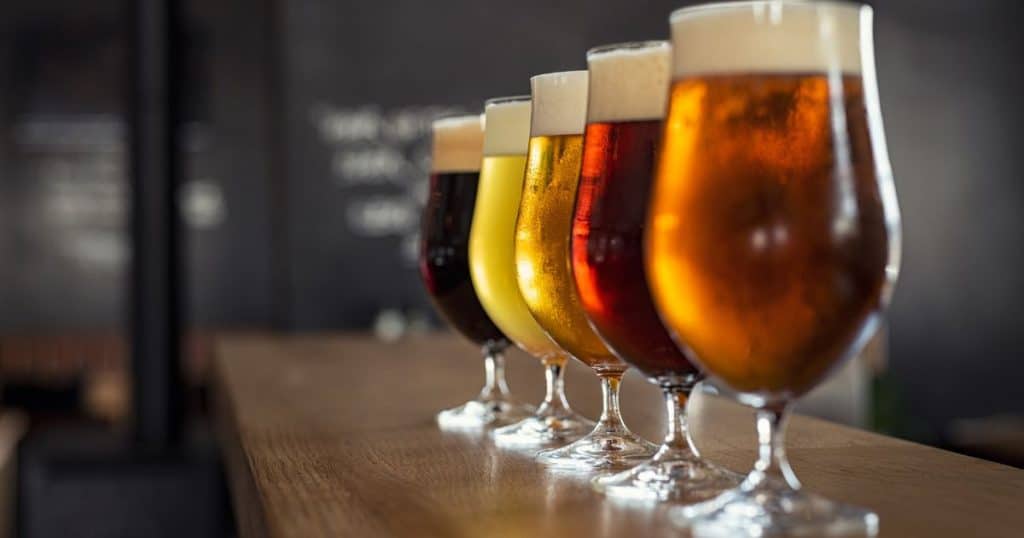Author, Playwright, Lover, Spy and figure of hate: Who was Aphra Behn?

In 1929, Virginia Woolf wrote that “All women together ought to let flowers fall on the tomb of Aphra Behn… For it was she who earned them the right to speak their minds.” If that’s the case, why have so many people never heard of Aphra Behn? The answer is diabolical: for while Aphra lived, […]
Happy 2019 – Here’s to lots of writing and reading (among other good stuff).

I can’t believe it’s already the 22nd of January and here I am, only now, putting finger to keyboard to write the first blog of the year. Forgive my tardiness – but happy new year to all of you, I hope it’s a great one, I really do, and that all your goals are, if […]
The Brewer’s Tale: How beer went from being suspicious to delicious

The wise Homer once famously declared: “Alcohol: the cause and solution to all of life’s problems.” That’s Homer J Simpson of course, not THE Homer of Iliad and Odyssey fame. Even so, the yellow man with four fingers makes a very good point. When you examine the relationship society has with alcohol – from a […]
The Inspiration behind The Brewer’s Tale: or What Was I Drinking?

Authors often get asked where their inspiration for writing a particular story came from. Some people have been very curious as to what motivated me to write a tale about a medieval brewer and all things brewing – particularly when they discover I don’t drink beer. The simple answer as to what inspired me is, […]
Meet My Character: Blog Hop
This is an unusual blog for me as I don’t often write about my books (a situation that will change as I am upgrading/changing my website soon – watch this space!) but the notion came via a lovely invitation from the wonderful writer, Josephine Pennicott, author of the fabulous Poet’s Cottage and Currawong Manor as well as […]
Acceptance Speech Norma K. Hemming Award
The Norma K Hemming Award was announced on June 11th in Melbourne, at the Continuum conference. Sara Douglass was a joint winner for her book The Devil’s Diadem. For health reasons, i was unable to be there to receive it on her behalf, but I did write the acceptance speech which I know would have […]
Somerset Celebration of Literature: A Wrap Up
Last week, I spent three glorious days, immersed in books, reading, writing, readers and authors at the fabulous Somerset Celebration of Literature on the Gold Coast. I was star-struck, awed by accomplishments and performances, relished long and often very funny conversations in the Green Room, loved meeting authors I knew and loved and many whom I didn’t […]
Votive: A taste of what’s to come…
Hi again! As promised, I can now reveal a blurb – or summary – only brief – of Votive, the second book in The Curse of the Bond Riders series. As I wrote in a recent blog, I finished the novel – it’s much longer than Tallow and I can tell you it’s action-packed, moody, […]
Votive: The Curse of the Bond Riders 2
This is a progress report and an apology! It’s been ages since I’ve blogged and part of the reason for that is that I have madly been working on Votive, Book 2 of The Curse of the Bond Riders series. As a result, I had to let everything slide – my blogs, my friends, my […]
The Writer’s Ego: Coping With Criticism
A friend of mine on FaceBook prompted me to write this blog after she felt depressed about feedback she’d received from her writing group regarding a novel upon which she was working. She also felt a little guilty for feeling that way and was kicking herself because, feedback is what writers thrive on, isn’t it? […]
